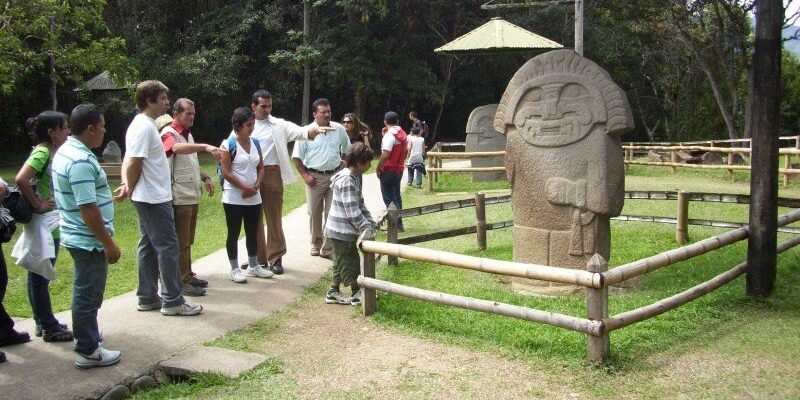San Agustín Archaeological Park (Parque Arqueológico de San Agustín)
San Agustín Archaeological Park – famous for its huge number of ancient statues, traces of a civilization that flourished from the 6th century BC to the 12th century, is a UNESCO World Heritage Site. It is believed to have been a cultural center of various distinctive groups of peoples even before the arrival of the Incas.
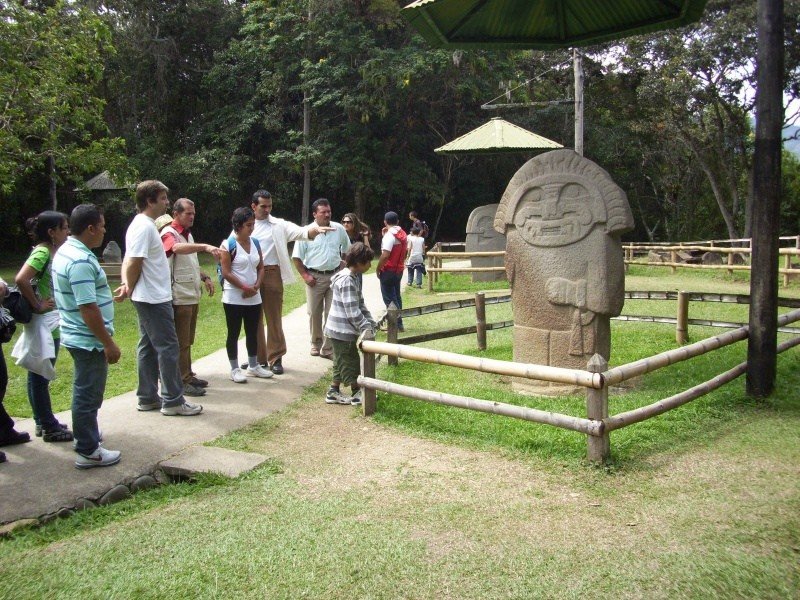
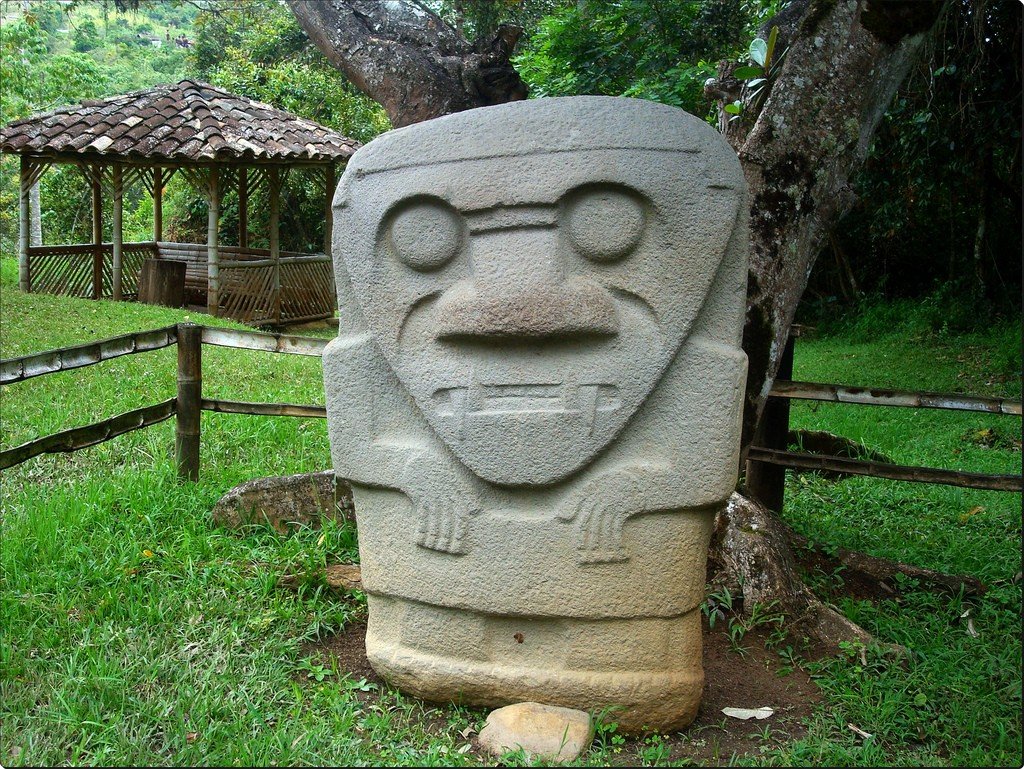
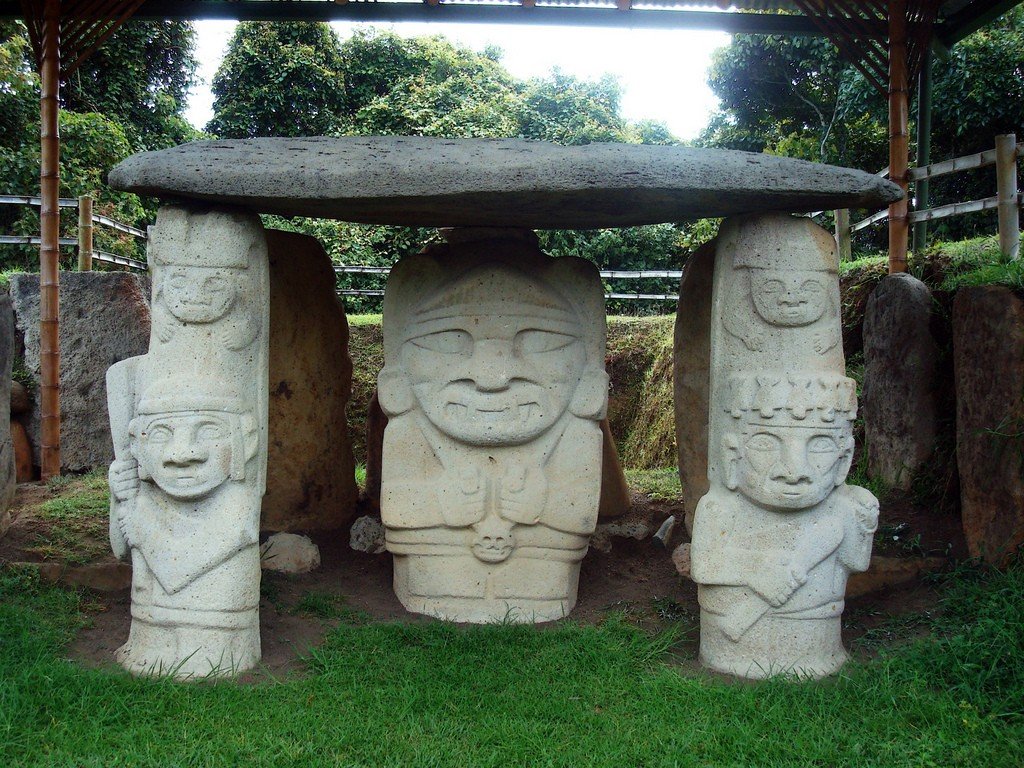
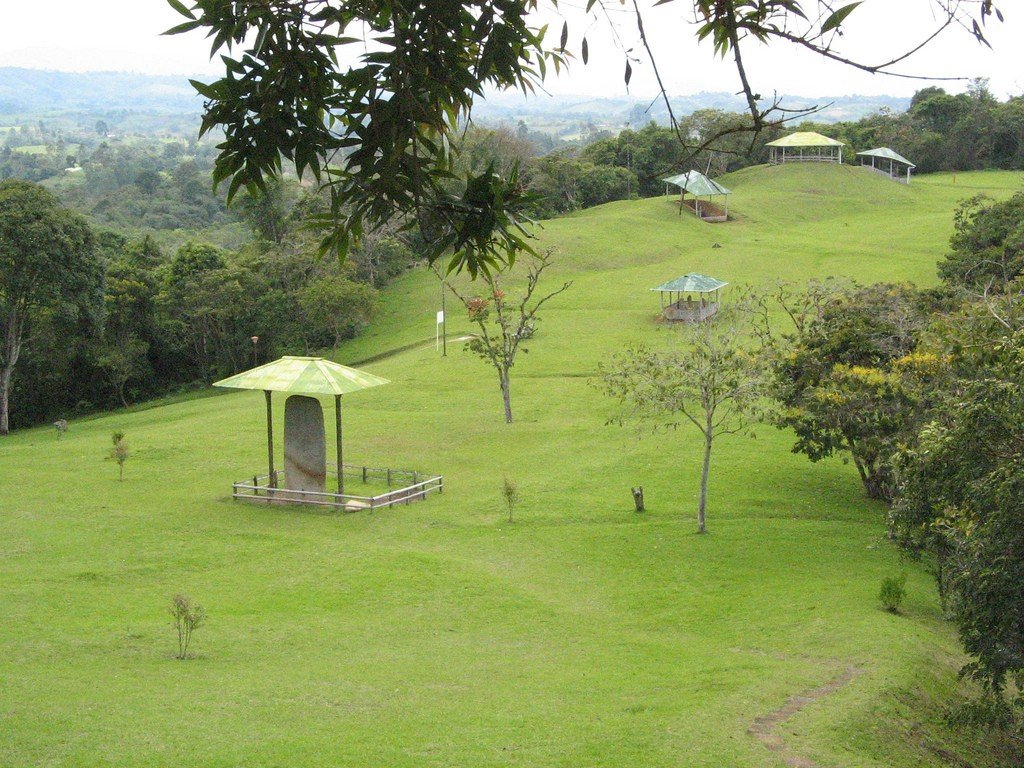
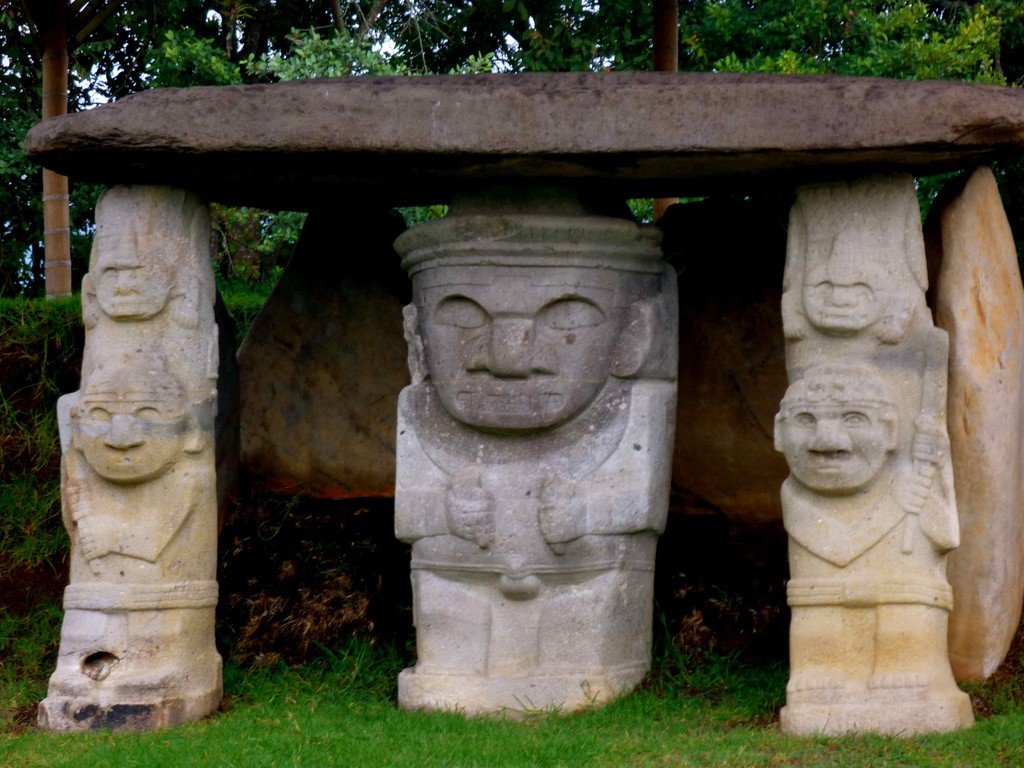
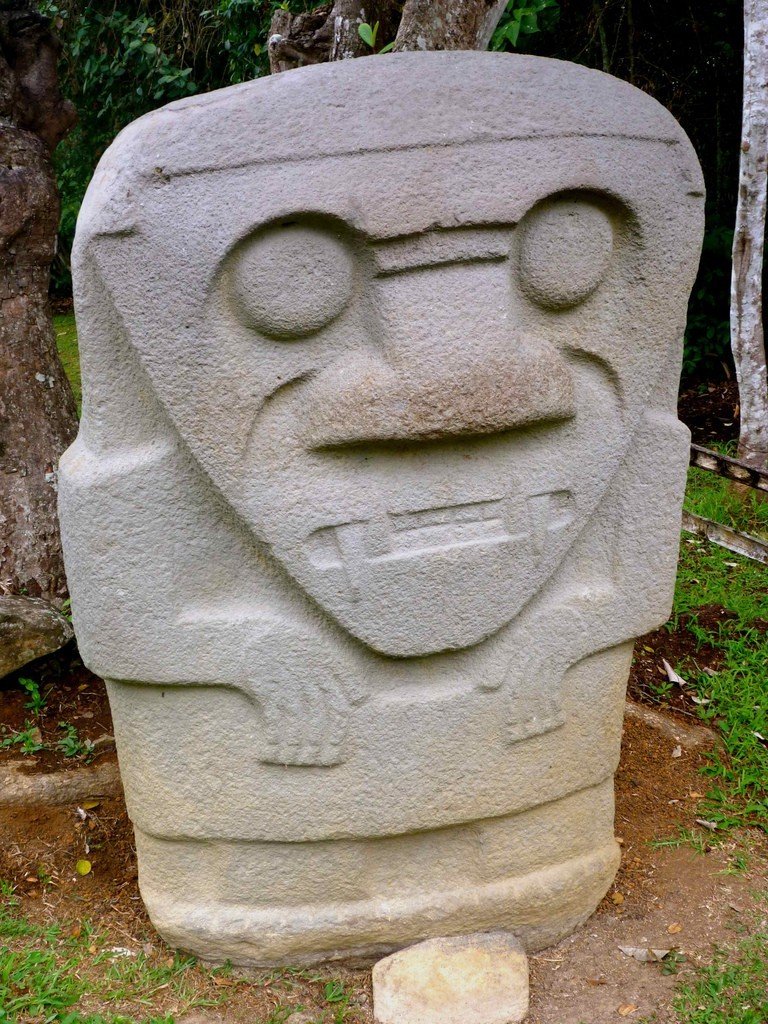
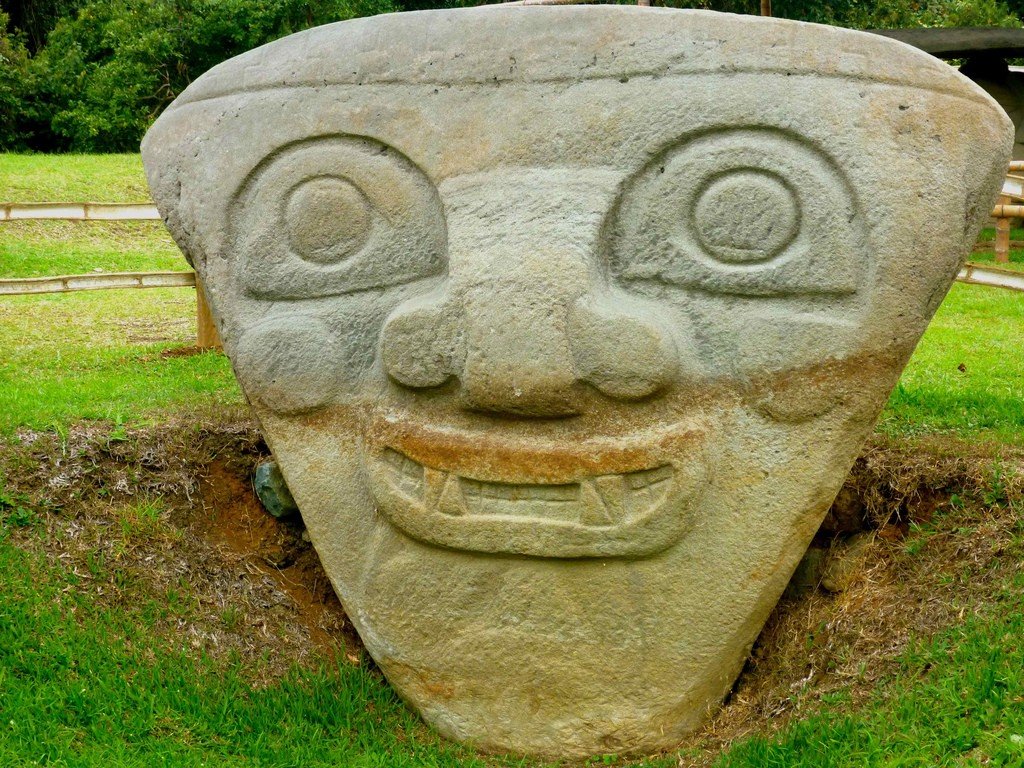
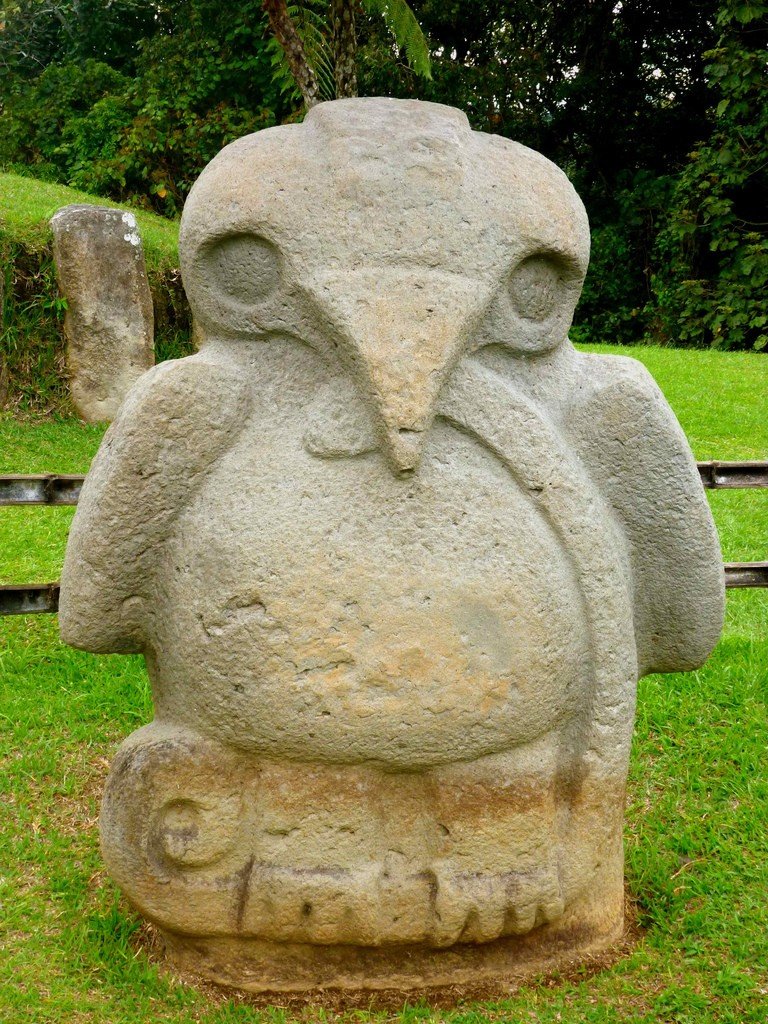
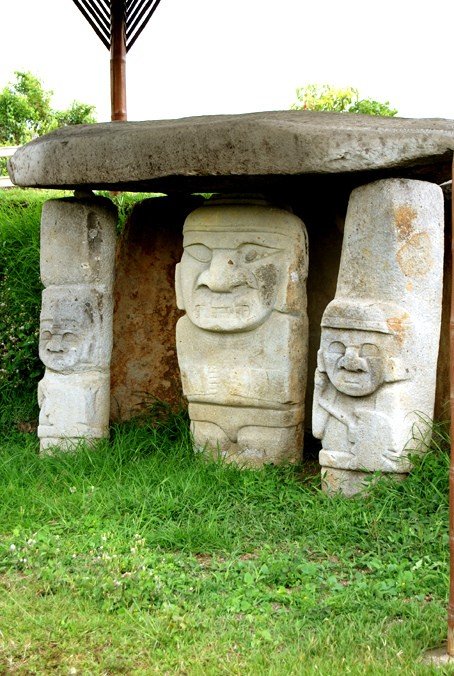
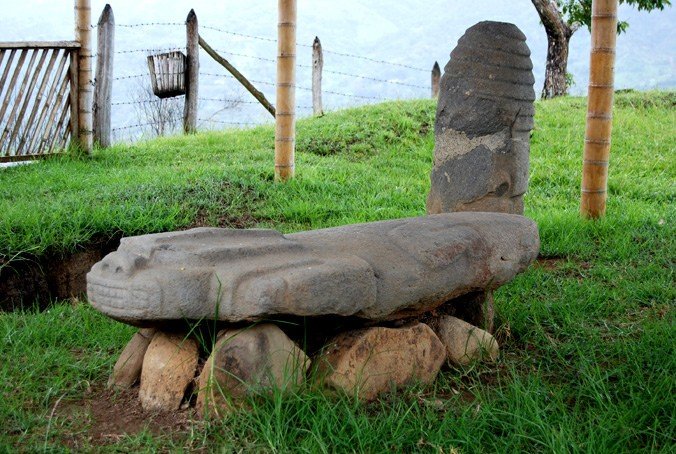
The park covers an area of 800 square kilometers and is considered the largest island of pre-Columbian culture in South America, with many artifacts preserved.
.
Little is known about the people who carved the statues, megalithic monuments and carvings, but all indications are that it was a thriving civilization. The park has over 500 statues and tombs scattered on both sides of the Rio Magdalena Gorge. These statues depict mythical and real creatures, gods and humans, they guard ancient tombs and burial chambers or offer sacrifices to the gods in the form of gold or pottery.
.
Some statues are characterized by ferocious animal faces, while others resemble birds of prey, snakes and other animals such as monkeys, frogs and eagles. The jaguar-like figure is believed to be associated with a religious leader or shaman who could transform into a jaguar to maintain harmony in the world. It is also believed that these monolithic structures expressed the concept of reincarnation. Archaeological excavations began here in the 1930s, when scientists discovered the figures, they still showed traces of coloring. The colors used were mainly red, blue, white and yellow. The bright colors began to fade as soon as the statues were in the air, but traces of them are still visible now. All the statues are wearing different clothes, with different hairstyles and accessories, eyes staring into space without any expression.
.